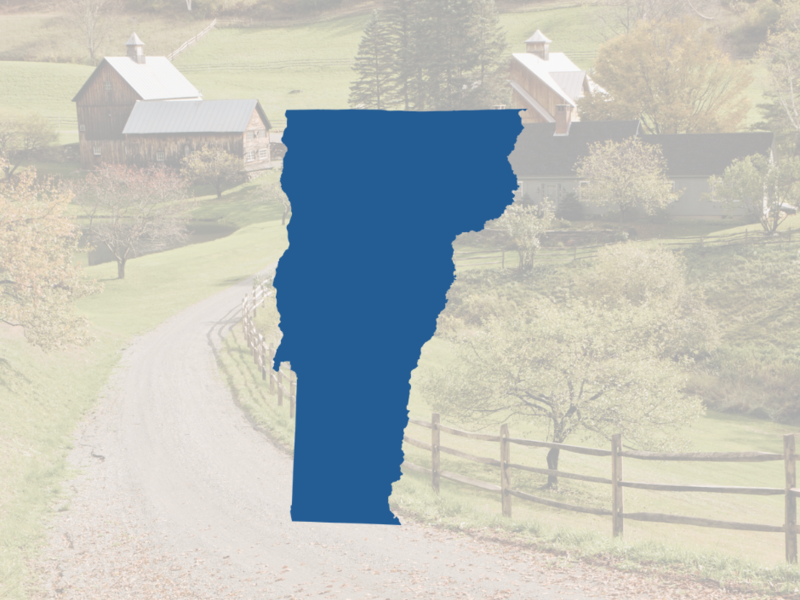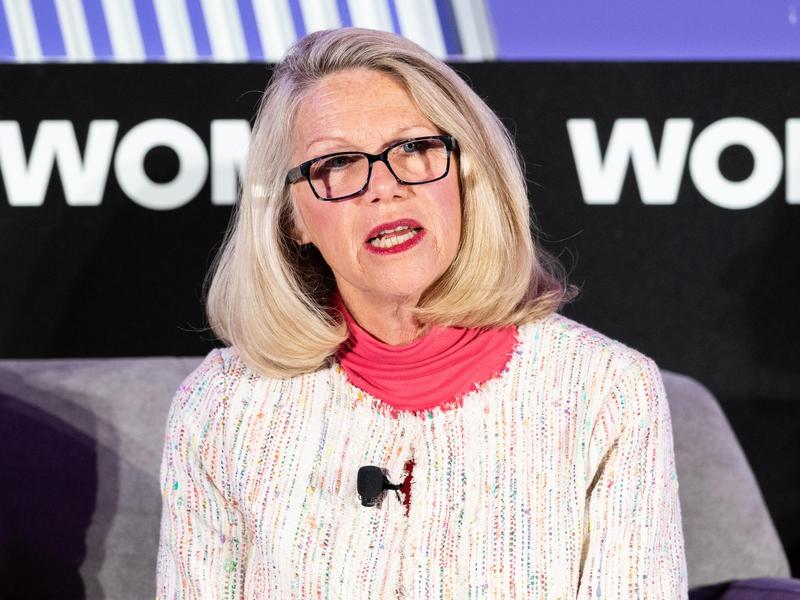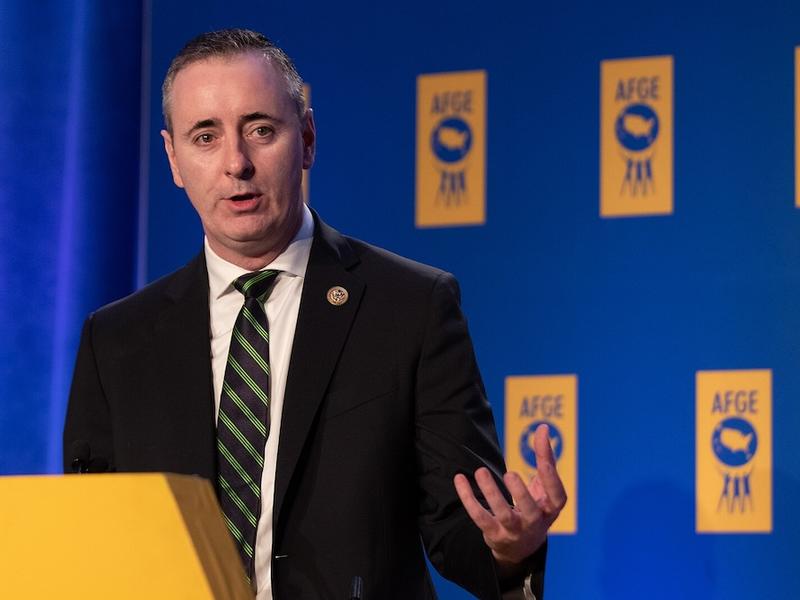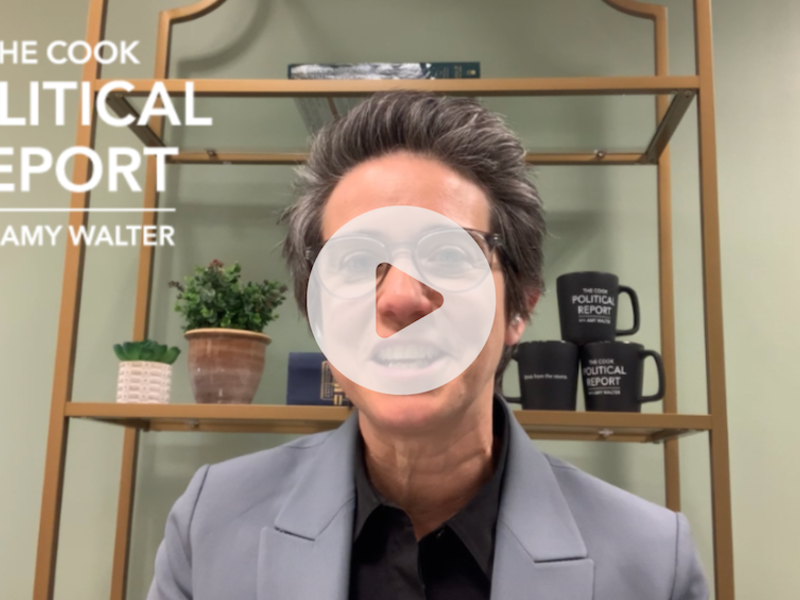
It is amazing to note how stable President Trump’s poll numbers are, regardless of positive or negative developments. Yes, his approval ratings are better today than they were six months ago or even one month ago, as hope for an accord on the Korean Peninsula and positive economic news have ticked his numbers up a bit in recent weeks. And certainly the passage of the tax cut in December galvanized Republicans, but for the past 15 months, if his approval ratings were a stock, you would say it has a very narrow trading range.
In the Gallup poll, Trump’s approval ratings have averaged 39 percent since the beginning of this calendar year, matching the 39 percent for his entire term to date. In nine of the 19 weeks this year, Trump’s approval ratings have been either 39 or 40 percent in Gallup’s weekly polling; in the first four weeks of the year, his approvals were between 36 and 38 percent, while in the last three weeks (April 23-May 13), his approval ratings have been either 42 or 43 percent. In between those bookend periods, it has only not been 39 or 40 percent for a single week.
The RealClearPolitics and FiveThirtyEight averages have been remarkably stable as well, a bit higher than Gallup overall and also ticking up some in recent weeks. On May 8, FiveThirtyEight noted that the president’s approval rating in their poll averages had been between 40.0 and 42.1 percent for 66 consecutive days; as of Thursday morning it is 42.2 percent.
Why are his numbers so stable? Some of this has to do with Trump but much does not. One reason surely is that partisanship is very strong, and the two major parties are so thoroughly sorted out along ideological lines. There are few conservative Democrats or liberal Republicans left, and moderates in each party have thinned out as well. These are the people that one might expect to be most malleable, more likely to defect from the party line. As an example, in the first 15 weeks of this year, every single week’s Gallup poll showed Trump’s job approval rating among Democrats between 5 and 9 percent, but in the April 16-22 poll it was 10 percent, then 9 percent the following week, and 13 and 12 percent for the last two weeks. That alone accounts for a point or two of his most recent uptick.
But part of it is not so much that the parties have ideologically sorted out as much as their behavior has changed, likely a product of changing media habits. Many have remarked that we have developed ideological silos—liberals moving to the left, conservatives to the right, building an ideological intensity far greater than what we used to see. Increasingly, many Americans are creating their own media cocoons. The idea of a trusted news source is no longer a Walter Cronkite, but instead a news organization or source that will reinforce preconceived views. Many have become willfully ignorant of any information or points of view that do not confirm what they already believe.
But in traveling around the country—I figure I’ve spent the night in 17 states since January 1—there is a group of Americans who don’t seem to be particularly far on the left or right, but still feel alienated from the media and have, as a result, tuned out. It’s not that they are seeking validation of a point of view—they don’t seem to believe anyone, from any point on the ideological or partisan spectrum. For them, the line between reporting and opinion, between news and commentary is no longer visible, or recognizable. That seems to be true among a substantial segment of readers, viewers, and listeners, and frankly, among quite a few journalists as well. As a result, a large segment seems to have tuned out of news and current events, thus disengaged from the political process. What this means for elections in 2018 and 2020 is anyone’s guess.
This story was originally published on nationaljournal.com on May 18, 2018








Subscribe Today
Our subscribers have first access to individual race pages for each House, Senate and Governors race, which will include race ratings (each race is rated on a seven-point scale) and a narrative analysis pertaining to that race.